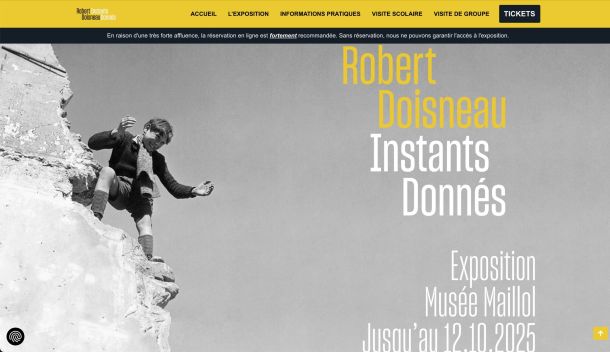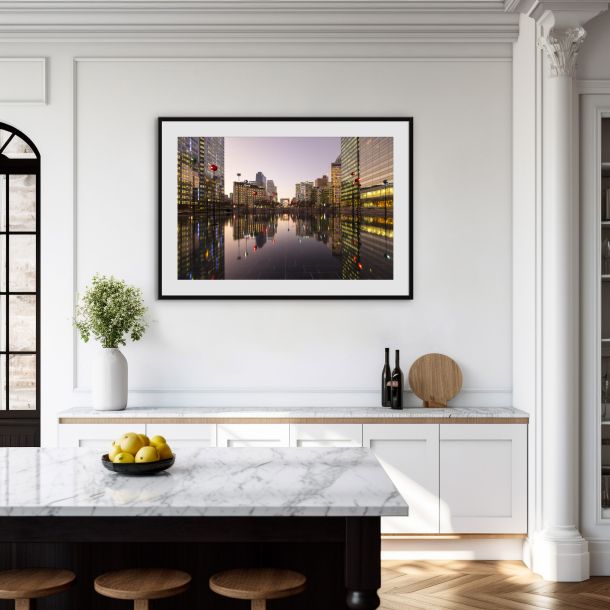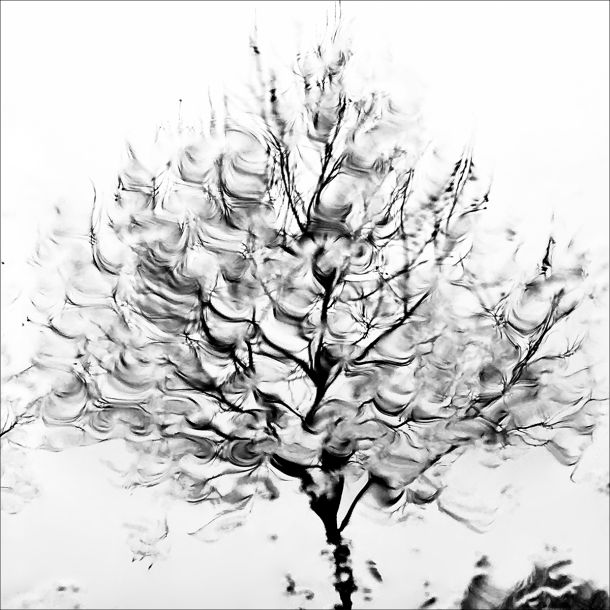Photo Editing: Enhancing the Image to Reveal Artistic Vision

Color Darkchitecture 1 – Photo : © Sebastien Desnoulez
Do you think editing a photo is cheating? Think again! Photo retouching has been an integral part of the creative process since the early days of photography. Discover how editing allows the photographer to fully express their artistic vision, guide the viewer’s eye, and unlock the full potential of an image. From the traditional darkroom to contemporary digital tools, explore 180 years of evolution of an art form that enhances reality to better reveal it.
Table of Contents
- Photo retouching: a creative art since the beginning
- The evolution of techniques: from craftsmanship to digital art
- Retouching as a contemporary artistic language
- Ethics and authenticity: revealing without distorting
- The future of photographic creation
Photo retouching: a creative art since the beginning
The creative essence of the darkroom
From its inception, photography was never just a mechanical reproduction of reality. In the darkroom, early photographers already used dodging to lighten certain areas and burning to darken others. These creative gestures helped guide the viewer’s eye and assert a specific artistic vision.
The pioneers of photography understood that their role went beyond capturing a moment. They sculpted light, shaped contrast, and revealed details invisible to the naked eye. Scratching the negative to fix imperfections, masking to control exposure, multiple exposures to merge images — all these techniques showed a deliberate artistic approach.
Editing in service of artistic expression
Photo retouching has always served the expression of the photographer’s vision. Far from being deceptive, it transcends technical limitations to reveal the essence of a moment, a landscape, or a portrait. Hand-coloring, which added color to monochrome images, already showed a desire to go beyond mere reproduction.
Every editing choice reflects an artistic intent: enhancing contrast to dramatize a scene, softening light to create an intimate mood, or bringing out shadow details to enrich the image. These interventions do not betray reality — they interpret and elevate it through the artist’s perspective.
The debate on authenticity: a recurring question
Since photography’s inception, authenticity has been hotly debated. Purists sometimes viewed retouching as a betrayal of photographic objectivity. Yet this view overlooks the fundamentally subjective nature of any photographic act: choosing the framing, exposure, and moment to shoot is already a personal interpretation of reality.
Contemporary theorists acknowledge that photography has never been neutral. Even without retouching, each image carries the mark of its creator. This analysis on the criteria of fine art photography sheds light on these tensions between authenticity and creativity. Ethical debates evolve with technology, but the creative essence of retouching remains unchanged.
The evolution of techniques: from craftsmanship to digital art
The digital shift: new tools, same philosophy
The arrival of digital tools like Photoshop didn’t revolutionize the philosophy of editing — it expanded its possibilities. Features such as layers and masks build on darkroom principles while democratizing and enriching them.
Digital editing allows unmatched precision in artistic expression. Photographers can now sculpt light with extreme finesse, reveal subtle nuances, and create complex atmospheres. This technical progress supports artistic ambition without compromising it.
The democratization of visual creation
Digital tools have made editing accessible to all, transforming our relationship with images. This democratization enables every photographer, amateur or professional, to express their creativity without the technical constraints of the past.
Yet accessibility does not diminish the artistic value of editing. On the contrary, it unleashes creative expression and allows new visual languages to emerge. Technique becomes transparent, making room for what matters most: artistic vision.
Retouching as a contemporary artistic language
Artificial intelligence: a new creative tool
The rise of generative AI opens new creative horizons without challenging the artistic foundations of editing. These tools let photographers explore uncharted aesthetics, realize bold visions, and push the limits of visual expression.
AI doesn’t replace artistic sensitivity — it enhances it. The photographer remains the creator, the one who conceives, directs, and approves. Artificial intelligence becomes a digital brush serving their vision, enabling ideas that would otherwise be impossible to bring to life.
New frontiers of photographic expression
Contemporary editing enables the exploration of unprecedented visual worlds: turning photos into painterly works, creating surreal atmospheres, blending reality with imagination. These possibilities expand the artistic vocabulary without betraying photography’s essence.
Minimalist art perfectly illustrates how editing can distill the essence of a subject by simplifying the image. This approach shows that editing often reveals rather than adds, enhances rather than transforms.
Ethics and authenticity: revealing without distorting
The ethical boundaries of photographic creation
While editing is part of photographic art, it raises legitimate ethical questions. The line between artistic creation and misleading manipulation largely depends on context and intent.
In the art world, editing is a legitimate, deliberate form of expression. In photojournalism, it must follow strict ethical guidelines to preserve the truth of the image. This guide on the risks of buying fine art photography addresses these concerns in a commercial context.
Authenticity redefined
A photograph’s authenticity doesn’t lie in the absence of retouching, but in the sincerity of the artistic approach. A heavily edited image can be deeply authentic if it faithfully expresses the creator’s vision. Conversely, an “untouched” photo may lack authenticity if it fails to reveal the photographer’s intent.
Contemporary fine art photography fully embraces this creative dimension. The most striking works are often those that reveal a strong personal vision, regardless of the degree of editing.
The future of photographic creation
Toward full recognition of the artistic dimension
Technological advances continue to free creative expression from technical constraints. This liberation allows photographers to focus on what truly matters: developing their eye, refining their sensitivity, and building a personal visual language.
The future of photography is moving toward full recognition of its artistic nature. Editing is no longer seen as a suspicious addition, but as a natural component of the creative process.
Shaping the contemporary photographic eye
In a world saturated with images, the ability to edit skillfully is a powerful asset to highlight a unique perspective. Today’s photographers must master these tools not to manipulate, but to reveal, to guide the gaze and enhance their artistic message.
Far from being deception, photo editing reveals photography’s true artistic nature. It enables photographers to fully express their vision, steer the viewer’s emotions, and unlock the poetic potential of an image. From the darkroom to modern algorithms, this technical evolution serves one enduring ambition: to transform reality into art, reveal the invisible, and elevate the ordinary into the extraordinary.



